FROM THE PASTOR’S DESK
Dear St. Mary’s Parishioners:
As you know, in the last two bulletins, I have been writing about the Mass and, in particular, how we pray the Mass. I quoted from the Second Vatican Council to show how it was the desire of the Council that the faithful be familiar with the Latin Mass parts and be able to chant them. Still, some more questions may arise such as the following:
Vatican II was a long time ago; has the Church addressed Latin in the liturgy since then?
Yes, the Church has given guidance and directives on a number of occasions since Vatican II. For example, in 1994, the Congregation for Divine Worship and the Discipline of the Sacraments issued Varietates Legitimae (Inculturation and the Roman Liturgy) to clarify how to properly inculturate the liturgy and to show the limits of inculturation in the liturgy. And, there have been a number of other ecclesial pronouncements on the liturgy. An example of one is the 1998 address given by Pope John Paul II to the bishops of Washington, Oregon, Idaho, Montana and Alaska on the occasion of their Ad limina visit. While I recommend reading the whole beautiful address, which is relatively brief, I will highlight some of the points that Pope John Paul II made in relation to our topic. For one, the Holy Father noted that not all the changes in the liturgy “have always and everywhere been accompanied by the necessary explanation and catechesis; as a result, in some cases there has been a misunderstanding of the very nature of the liturgy, leading to abuses, polarization, and sometimes even grave scandal.” In speaking of “active participation” in the liturgy, the Holy Father explained:
Full participation certainly means that every member of the community has a part to play in the liturgy; and in this respect a great deal has been achieved in parishes and communities across your land. But full participation does not mean that everyone does everything, since this would lead to a clericalizing of the laity and a laicizing of the priesthood; and this was not what the Council had in mind. The liturgy, like the Church, is intended to be hierarchical and polyphonic, respecting the different roles assigned by Christ and allowing all the different voices to blend in one great hymn of praise.
Active participation certainly means that, in gesture, word, song and service, all the members of the community take part in an act of worship, which is anything but inert or passive. Yet active participation does not preclude the active passivity of silence, stillness and listening: indeed, it demands it. Worshippers are not passive, for instance, when listening to the readings or the homily, or following the prayers of the celebrant, and the chants and music of the liturgy. These are experiences of silence and stillness, but they are in their own way profoundly active. In a culture which neither favors nor fosters meditative quiet, the art of interior listening is learned only with
difficulty. Here we see how the liturgy, though it must always be properly inculturated, must also be counter-cultural.
Conscious participation calls for the entire community to be properly instructed in the mysteries of the liturgy, lest the experience of worship degenerate into a form of ritualism. But it does not mean a constant attempt within the liturgy itself to make the implicit explicit, since this often leads to a verbosity and informality which are alien to the Roman Rite and end by trivializing the act of worship. Nor does it mean the suppression of all subconscious experience, which is vital in a liturgy which thrives on symbols that speak to the subconscious just as they speak to the conscious. The use of the vernacular has certainly opened up the treasures of the liturgy to all who take part, but this does not mean that the Latin language, and especially the chants which are so superbly adapted to the genius of the Roman Rite, should be wholly abandoned. If subconscious experience is ignored in worship, an affective and devotional vacuum is created and the liturgy can become not only too verbal but also too cerebral. Yet the Roman Rite is again distinctive in the balance it strikes between a spareness and a richness of emotion: it feeds the heart and the mind, the body and the soul.
Pope John Paul II is saying a number of things here; I will try to summarize. For one, he is saying that the Mass is a combination of both conscious participation and subconscious experience. Thus, someone might say: “I don’t like the Latin, because I don’t understand it.” But the Pope is saying, basically, that it’s okay if you don’t understand the Latin; we should not always be trying to “make the implicit explicit”. The liturgy speaks to us even if we don’t understand what is explicitly being prayed or chanted. (And, actually we do understand the Mass parts in the Latin, because we are very familiar with them in the vernacular.) As an example of the subconscious being touched by Latin chant, one might listen to “Sicut cervus” composed by Giovanni Palestrina. Most likely, one’s mind and soul are easily moved. One may not understand the meaning of all the words, but one is moved by the chant. God willing, these explanations are helpful. Next week, I will pass on to a new topic. Many blessings to you all throughout this new week!
In Christ,
Fr. Berg
